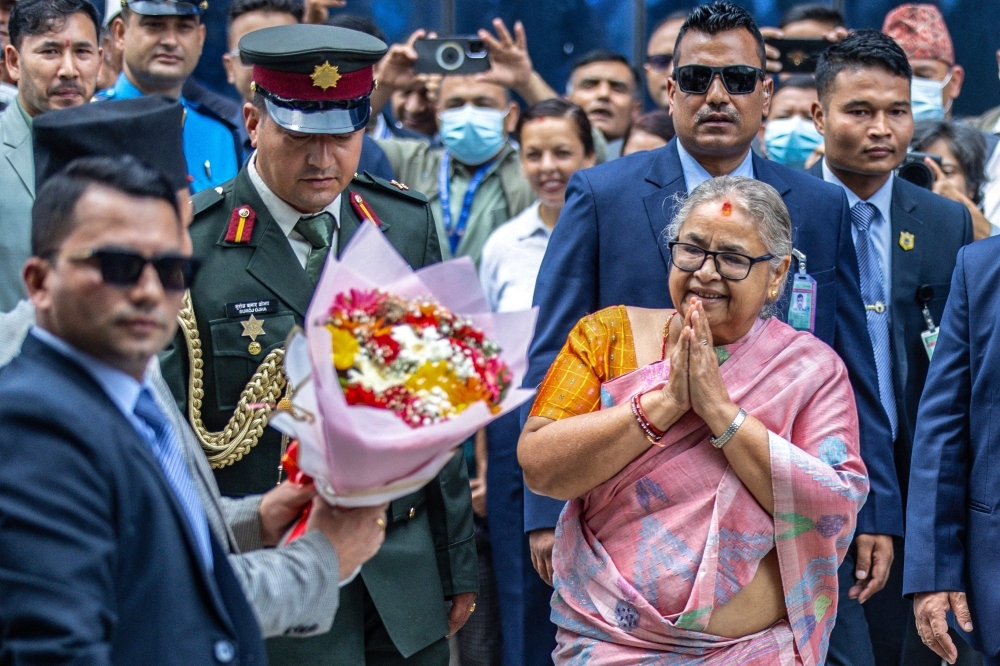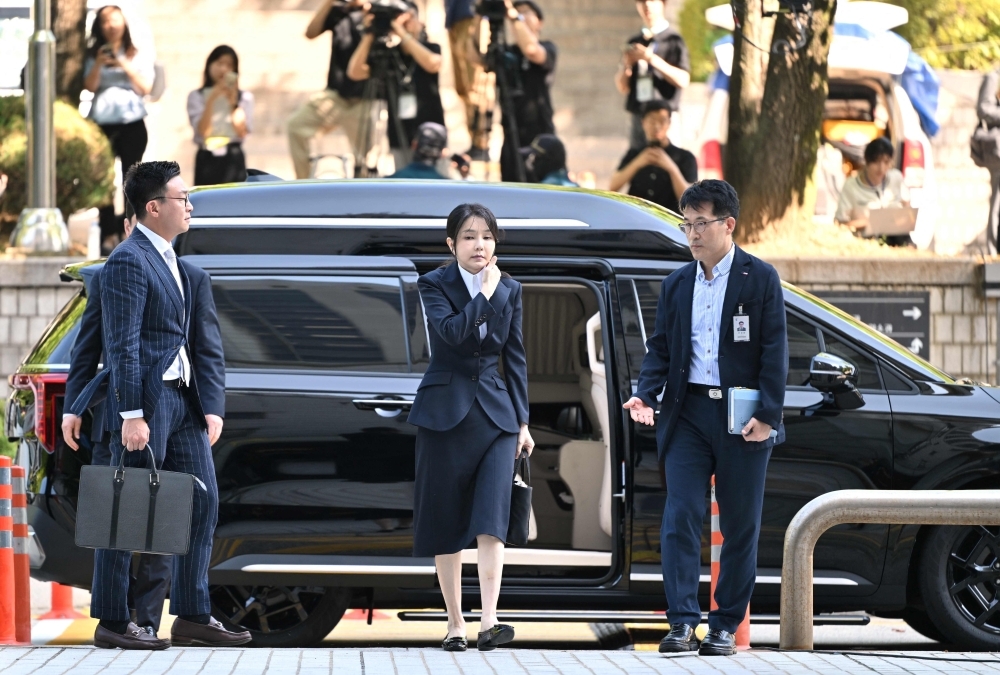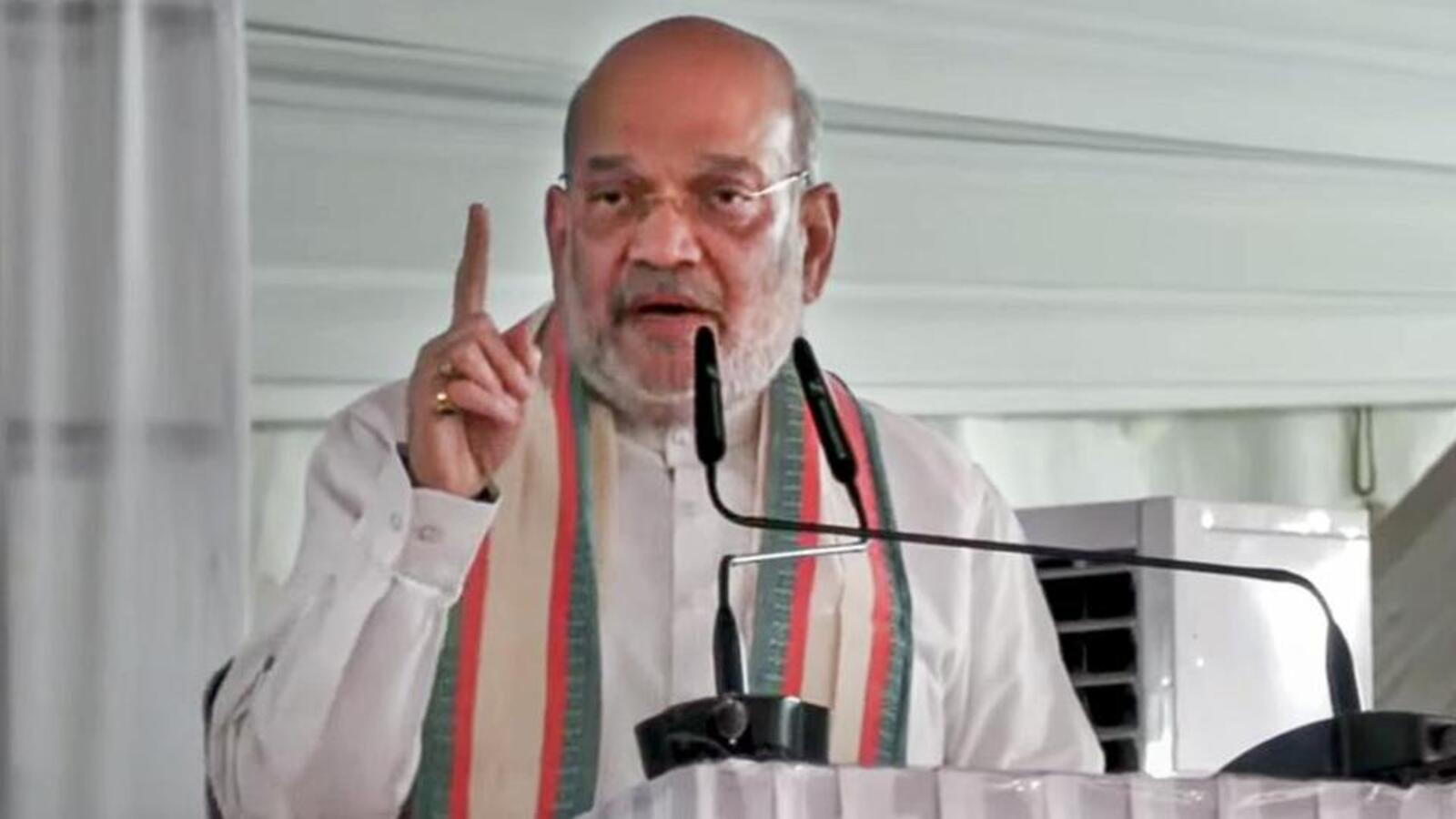KATHMANDU, Sept 15 — Nepal has stepped into a new chapter of governance today as the newly appointed interim Prime Minister, Sushila Karki, unveiled her first cabinet ministers in an emotional ceremony that comes just days after the country was rocked by its most severe civil unrest in decades.
The swearing-in took place under an open sky, beside the charred remnants of the presidential office, a stark visual reminder of the chaos that unfolded earlier this month. President Ram Chandra Paudel administered the oath of office to three pivotal ministers during a live national broadcast — a moment intended to signal a turning point for a nation in distress.
The turmoil erupted on September 8, ignited by a controversial ban on social media, which acted as the final straw atop long-festering economic frustrations. In mere days, rage spilled into the streets. Government buildings, including parliament, were set ablaze. Protesters—mostly youth—demanded transparency, reform, and an end to corruption.
Government figures confirm that at least 72 lives were lost, and 191 individuals remain hospitalized, painting a grim picture of the country’s wounds. These events mark the worst violence since the civil war ended in 2006 and the monarchy was abolished two years later.
Now, with just six months before elections in March, all eyes are on Prime Minister Sushila Karki, a 73-year-old former chief justice, known for her firm stance on justice. She is seen as a figure of integrity at a time when the nation is desperate for trust and leadership.
She’s not alone in this monumental task.
Appointed Home Minister, Om Prakash Aryal — a seasoned human rights advocate and anti-corruption crusader — also takes on the law, justice, and parliamentary affairs portfolios. His appointment sends a strong message to those demanding legal accountability.
Kulman Ghising, known as the man who once lit up Nepal—literally—by ending its notorious power outages, now shoulders the responsibilities of energy, infrastructure, transport, and urban development. His previous successes give hope that he might rebuild more than just the electric grid this time.
Meanwhile, Rameshwor Khanal, a respected former finance secretary, steps into one of the most critical roles—Finance Minister. He faces a daunting task: reviving a shaky economy where 20% of youth aged 15–24 are unemployed. The discontent that sparked the protests is deeply rooted in economic hopelessness, and Khanal’s vision will need to deliver more than policies—it must deliver jobs, dignity, and direction.
In the Heart of the Unrest, A Human Cry
Behind every protester, behind every flame, and behind every broken window, there is a human story—of frustration, of dreams deferred, of young people simply wanting a future worth staying for.
This new interim government may not have all the answers yet. But in a country where GDP per capita remains at just $1,447, where youth unemployment is high, and where trust in public institutions is fragile, it’s clear: Nepal isn’t just rebuilding a government; it’s rebuilding hope.
Now is the moment to listen more, lead better, and uplift the very voices that shook the nation awake.




